As our planet gets closer to 2050, climate change is causing temperatures to rise worldwide. While global warming affects every part of the Earth, some popular travel spots are expected to get much hotter. The C40 Cities Climate Leadership Group has noted a concerning trend: the number of major cities experiencing at least three consecutive months of extreme heat will increase from 350 today to over 970 by 2050. From desert cities to coastal treasures, here are 12 cities you might want to visit before they become too hot.
Los Angeles, California

Los Angeles, with its outdoor adventures and Hollywood glitz, is under increasing threat from climate-induced challenges like droughts and wildfires. Visit the City of Angels to experience its many attractions before the escalating heat reshapes its landscape.
Madrid, Spain

Spain’s capital, a hub of culture, history, and nightlife, also contends with being one of Europe’s hottest cities. Efforts to mitigate heat through green initiatives might not be enough to keep Madrid comfortable for visitors by 2050.
Athens, Greece

Athens, a cradle of civilization, teems with iconic historical sites and a bustling modern vibe. However, rising temperatures threaten to amplify the city’s heatwaves, making outdoor explorations like climbing Lycabettus Hill downright dangerous during peak heat.
Tunis, Tunisia

Tunis serves as a gateway to the ancient ruins of Carthage. As temperatures climb, these historical wonders may become too hot to comfortably explore.
New Orleans, Louisiana
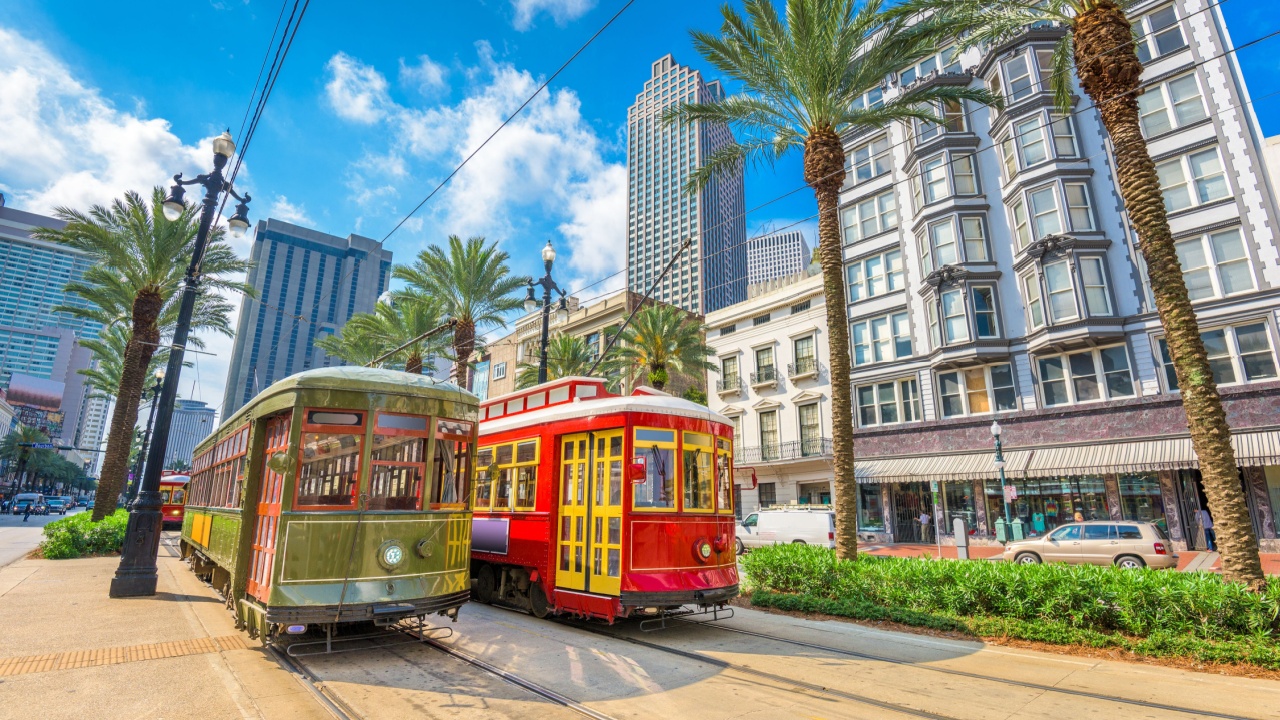
New Orleans, a city bursting with character, faces environmental threats from a warming Gulf of Mexico. Experience the iconic food, music, and festivals of The Big Easy while its unique ecosystem remains intact.
Bogota, Colombia

Bogota, once a dangerous megacity, now thrives as a hub of urban planning, art, and culture. But as it heats up, the city’s appeal, from its rainforests to street markets, may wane under the strain of increased temperatures due to being so close to the equator. It’s also at high risk from insects and microorganisms because of its proximity to the rain forest.
Kuwait City, Kuwait
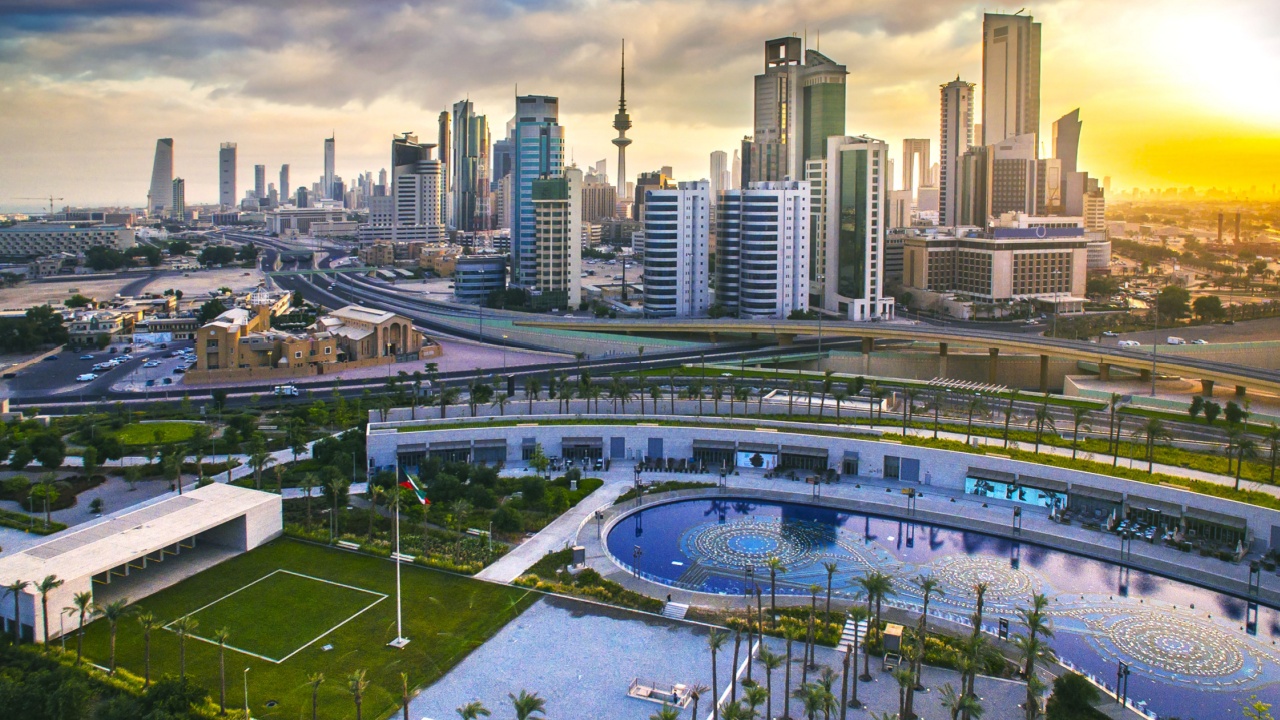
Already baking under an average July temperature of 99°F (37°C), Kuwait City’s future forecasts predict even more intense heat. Known for its luxurious, air-conditioned comforts, the city might soon require visitors to spend more time indoors than enjoying its outdoor marvels, like the picturesque Corniche.
Colombo, Sri Lanka

Emerging as a must-visit destination in Southeast Asia, Colombo’s colonial charm and modern vibrancy are undeniable. However, expected temperature rises call for sooner rather than later visits, especially to enjoy its stunning beaches and architectural marvels.
Shanghai, China
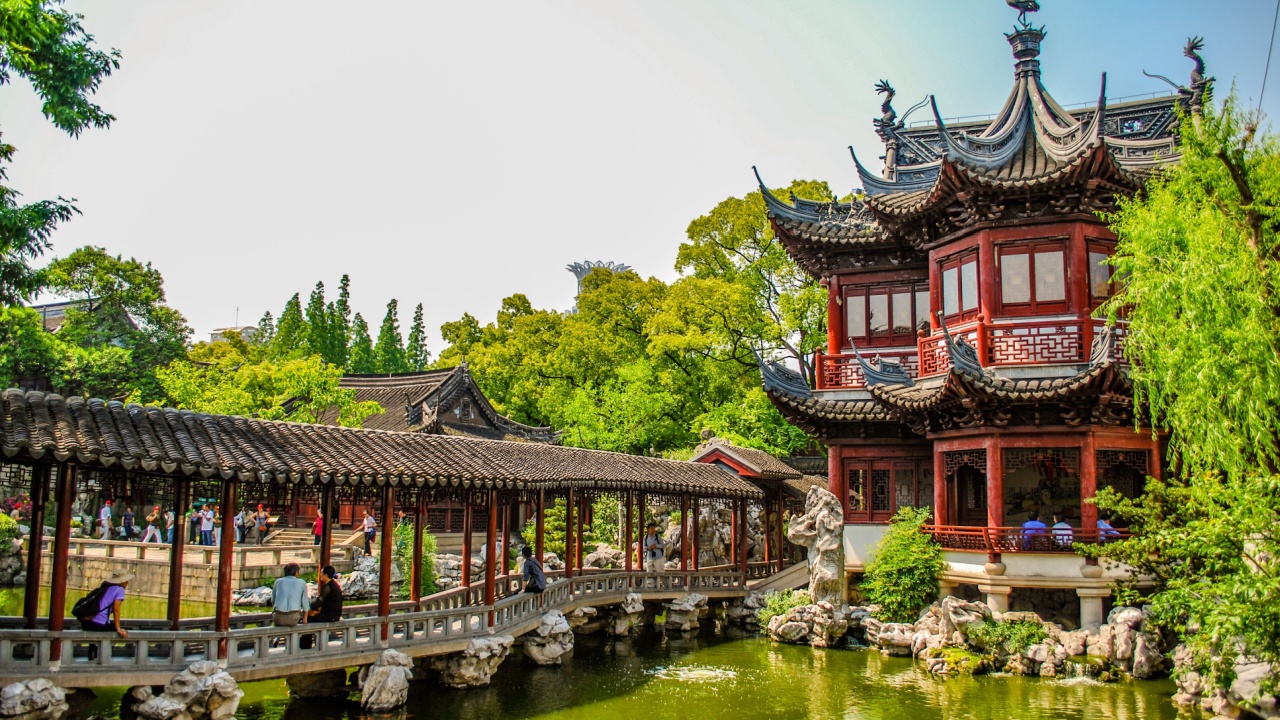
A city of contrasts, Shanghai’s culinary, shopping, and architectural wonders are shadowed by air pollution issues that climate change might worsen. Visiting before 2050 means experiencing its magic without the compounded challenge of rising temperatures and smog.
Cancun, Mexico

Cancun, gateway to the Mesoamerican Barrier Reef, sees its underwater world threatened by rising sea temperatures. Visit soon to explore the vibrant reefs, cenotes, and beaches before climate change alters this tropical paradise.
Seoul, South Korea
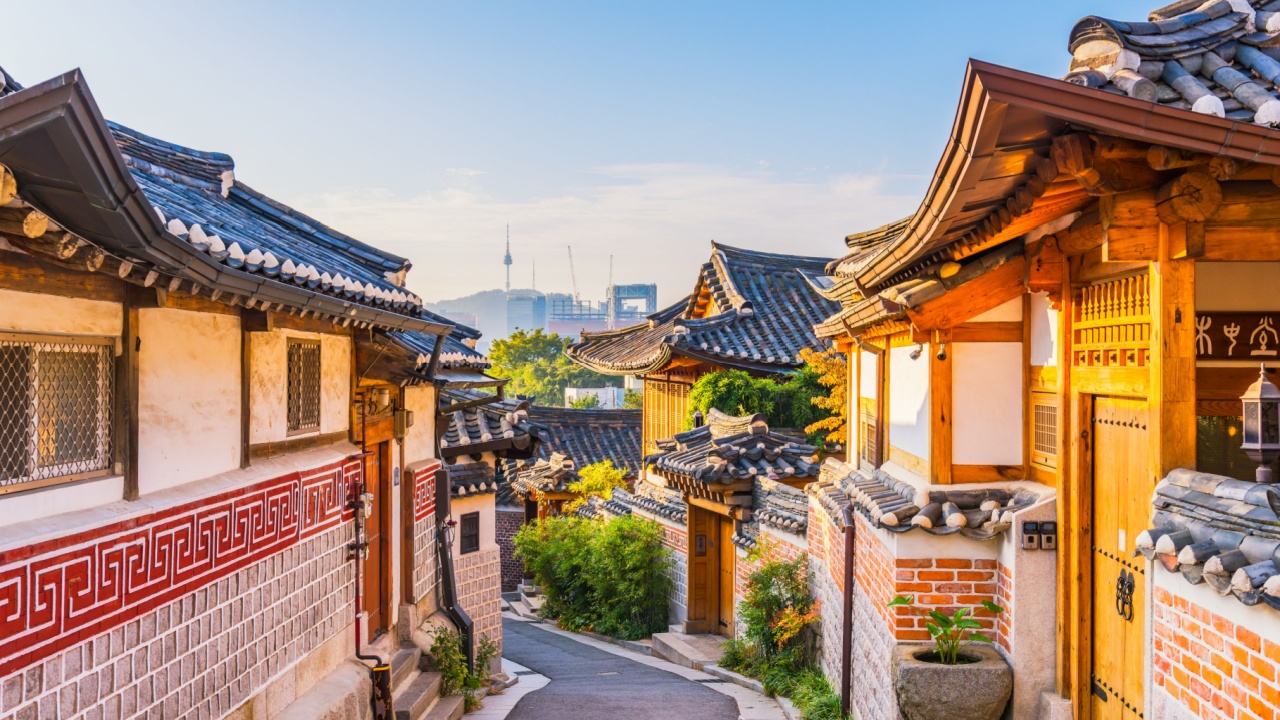
A food lover’s paradise, Seoul’s risk of extreme heat days and heatwaves might alter the experience of exploring its diverse neighborhoods and culinary delights. Experience the vibrant Korean capital before climate dictates your travel plans.
Havana, Cuba

Havana’s timeless charm is matched by its vulnerability to rising temperatures, which could exacerbate existing infrastructure challenges. Discover this vibrant city’s history, culture, and cars before heat and potential power issues dim its shine.
17 Most Devastating Tornadoes In History
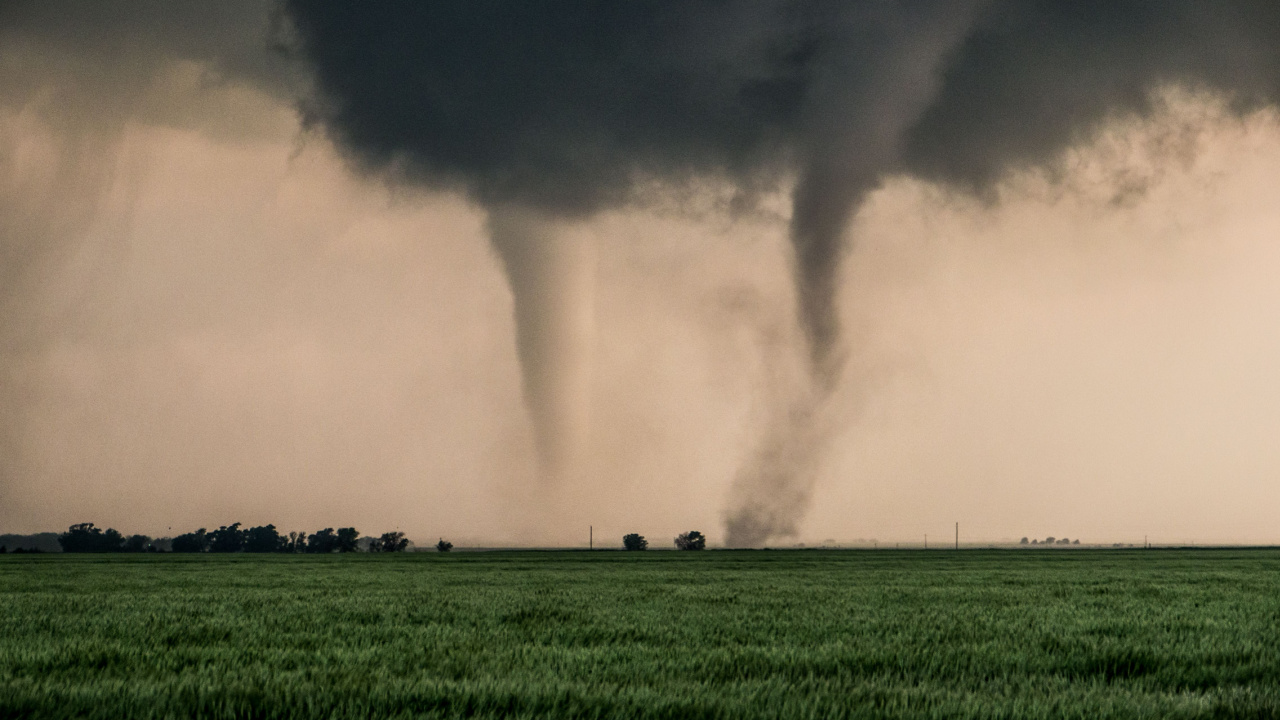
Nature’s fury is terrifying, and tornadoes are among the most deadly natural phenomena. These 17 deadly tornadoes highlight nature’s power and the resilience of humans in the aftermath of such devastation.
24 Most Devastating Blizzards in US History

For preppers, understanding the power and impact of historic blizzards is key to being prepared for future winter emergencies. Each of these historic snowstorms teaches valuable lessons about resilience, planning, and survival. The more prepared we are, the better our chances of survival in an emergency scenario.
- Read More: 24 Most Devastating Blizzards in US History
23 Riskiest Cities To Be During a Power Grid Collapse

In a world where the stability of our power grid is increasingly under threat, knowing which urban areas to avoid during a blackout is crucial for any serious prepper. And which areas to escape as quickly as possible. When you’re making your survival plans, keep in mind that these are the places you don’t want to be.
Katy Willis is a writer, lifelong homesteader, and master herbalist, master gardener, and canine nutritionist. Katy is a preparedness expert and modern homesteader practicing everyday preparedness, sustainability, and a holistic lifestyle.
She knows how important it is to be prepared for whatever life throws at you, because you just never know what's coming. And preparedness helps you give your family the best chance to thrive in any situation.
Katy is passionate about living naturally, growing food, keeping livestock, foraging, and making and using herbal remedies. Katy is an experienced herbalist and a member of the CMA (Complementary Medical Association).
Her preparedness skills go beyond just being "ready", she's ready to survive the initial disaster, and thrive afterward, too. She grows 100% organic food on roughly 15 acres and raises goats, chickens, and ducks. She also lovingly tends her orchard, where she grows many different fruit trees. And, because she likes to know exactly what she's feeding her family, she's a seasoned from-scratch cook and gluten-free baker.
Katy teaches foraging and environmental education classes, too, including self-sufficient living, modern homesteading, seed saving, and organic vegetable gardening.
Katy helps others learn forgotten skills, including basic survival skills and self-reliance.
She's been published on sites such as MSN, Angi, Home Advisor, Family Handyman, Wealth of Geeks, Readers Digest, and more.
